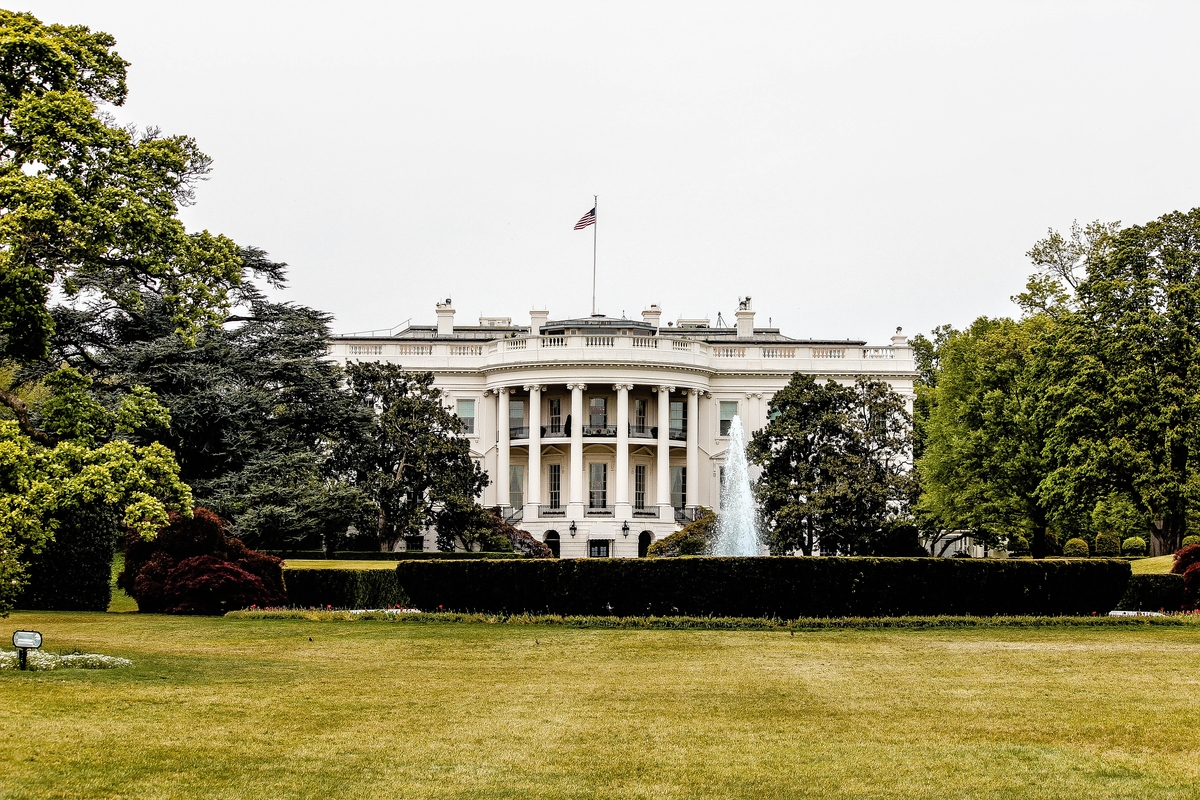President Biden’s proposed fiscal 2023 budget, which runs from Oct. 1, 2022 through Sept. 30 2023, would increase the Department of Housing and Urban Development’s budget by $12.3 billion to $71.9 billion, or 21% above the 2021 enacted level.
It’s important to note that no White House budget is ever approved “as is” by the Congress. The annual appropriations process determines the levels of federal spending for each of the federal departments and agencies, and all programs within their respective jurisdictions.
While the president’s budget recommends spending levels for the next fiscal year, it is not legally binding. Congressional appropriators will have the final say in program realignment and spending levels.
Of note to the housing community, the White House budget for fiscal 2023 proposes budget recommendations to the following agencies that would:
HUD
- Provide $32.1 billion for housing choice vouchers, a $6.4 billion increase over the 2021 enacted level.
- Provide nearly $2 billion for the HOME Investment Partnerships Program (HOME), an increase of $600 million over the 2021 enacted level, to construct and rehabilitate affordable rental housing and provide homeownership opportunities.
- Include a total of $50 billion in mandatory funding and additional Low-Income Housing Tax Credits (LIHTC) to increase affordable housing development. Specifically, the Budget provides $35 billion in HUD funding for state and local housing finance agencies and their partners to provide grants, revolving loan funds, and other streamlined financing tools that reduce transactional costs and increase housing supply, as well as grants to advance state and local jurisdictions’ efforts to remove barriers to affordable housing development.
- Include $113 million through FHA and HOME for complementary loan and down payment assistance pilot proposals to expand homeownership opportunities for first-generation and/or low-wealth first-time home buyers.
- Provide $3.8 billion for the Community Development Block Grant (CDBG) program.
- Contain about $900 million in resources across HUD multifamily housing programs for modernization activities aimed at energy efficiency and resilience to climate change impacts.
Department of Labor
- Increase the agency’s budget by 18%, or $2.2 billion, from the 2021 enacted level.
- Invest $2.2 billion in the department’s worker protection agencies. The White House says this would enable DOL to conduct the enforcement and regulatory work needed to ensure workers’ wages and benefits are protected, address the misclassification of workers as independent contractors, and improve workplace health and safety.
- Provide $100 million to support training programs focused on growing industries, enabling underserved and underrepresented workers to access good jobs and creating the skilled workforce the economy needs to thrive.
- Include $145 million for YouthBuild, $48 million above the 2021 enacted level, to enable more at-risk youth to gain both the education and occupational skills they need to obtain good jobs.
- Allocate $303 million for apprenticeships, a $118 million increase above the 2021 enacted level.
Department of Energy
- Provide $502 million to weatherize and retrofit low-income homes, including $100 million for a new Low Income Home Energy Assistance Program (LIHEAP) Advantage pilot to reduce carbon emissions in low-income homes by facilitating the switch from gas appliances to electric appliances.
Department of Homeland Security
- Provide $3.5 billion for DHS’s climate resilience programs, including the Federal Emergency Management Agency’s (FEMA) Building Resilient Infrastructure and Communities (BRIC) grant program which helps communities build resilience against natural disasters.
Department of Agriculture
- Request $28.5 billion for USDA, a $4.2 billion, or 17.1% increase from the 2021 enacted level.
- Provide $1.8 billion for USDA multifamily housing programs, an increase of $259 million from the 2021 enacted level, including over twice the loan level as in 2021. This significant investment would help address housing insecurity, rent burdens and the impacts of climate change in rural America, including through a new policy requiring construction practices to improve energy or water efficiency, implement green features, or facilitate climate resilience.
Department of Treasury
- Include a number of recommendations the White House has made in the past, including proposals already rejected by Congress, such as higher marginal tax rates, changes to carried interest, changes to the estate tax, and changes to 1031 like-kind exchanges. Notably, the budget would:
- Increase the top individual marginal rate to 39.6% from 37%, and lowering the income threshold to include more income in the top rate.
- Increase the C-Corp tax rate to 28% from 21%.
- Extend a “nongeographic” basis boost for 4% LIHTC bond deals, such as for financial feasibility, a change supported by NAHB.
- Tax capital gains and dividends at the same rate as ordinary income for taxpayers with income exceeding $1 million.
- Eliminate stepped-up basis for estates and treat gifts of appreciated property as realization events upon transfer.
- Create a minimum income tax of 20% on total income, inclusive of unrealized capital gains, for taxpayers with a net wealth exceeding $100 million.
- Tax carried interest as ordinary income for partners with a taxable income over $400,000.
- Limit 1031 like-kind deferrals to an aggregate amount of $500,000 for each taxpayer per year ($1 million for joint filers).
NAHB will continue to monitor the appropriations process as funding decisions are made on key housing, labor, tax and environmental programs.
For more information, contact Scott Meyer.
*Note: All articles have been redistributed from NAHBnow.com*
